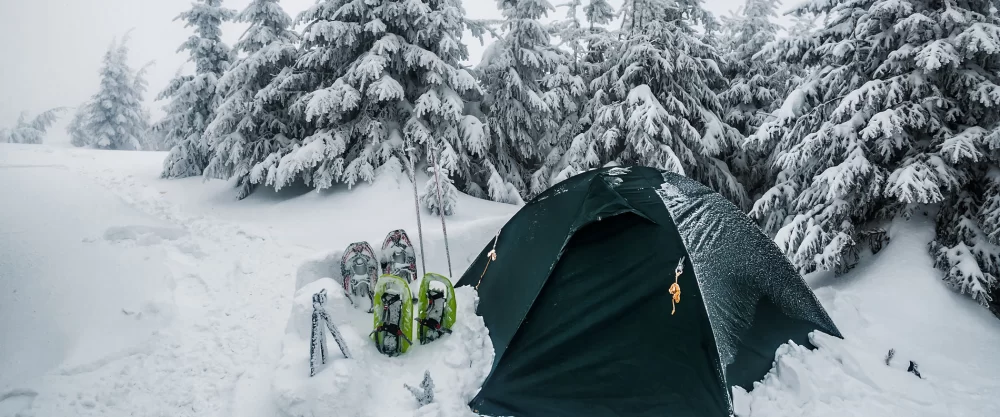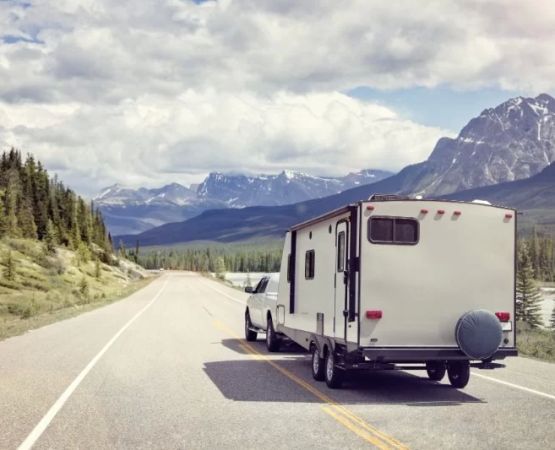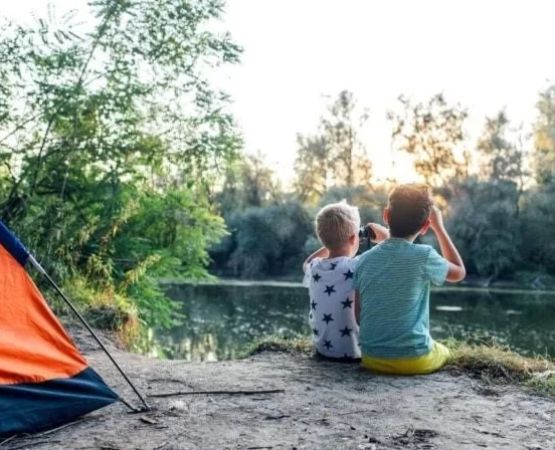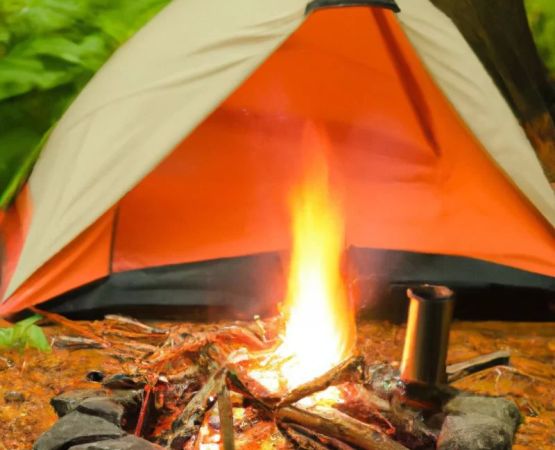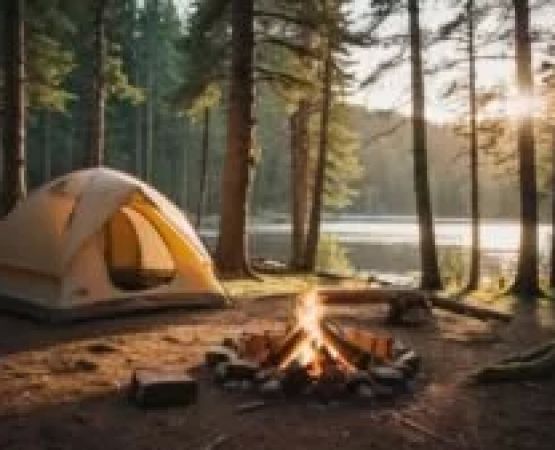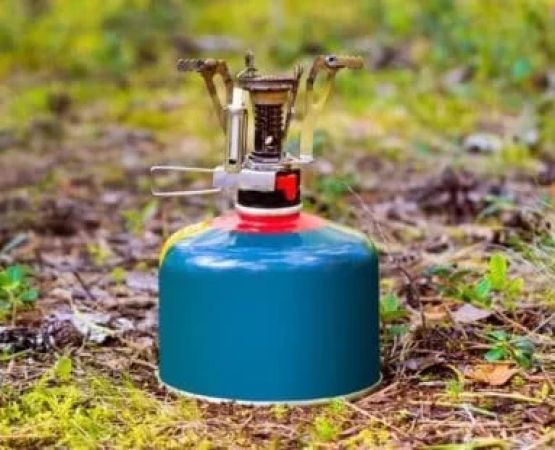How to Stay Warm and Safe While Winter Camping
The Challenges of Winter Camping
Winter camping is an entirely different experience compared to camping in the warmer months. The crisp air, quiet surroundings, and snow-covered landscapes offer a unique and peaceful adventure, but the cold can also pose significant challenges. I’ve had my fair share of winter camping trips, and I’ve learned the importance of being properly prepared to stay both warm and safe. In fact, my first winter camping trip was a true test of endurance, as I quickly realized how much more attention to detail was needed when dealing with freezing temperatures, snow, and icy winds.
Over the years, I’ve picked up some crucial tips and tricks to ensure I stay comfortable and safe during winter camping trips. In this article, I’ll share the essential practices I follow to stay warm, avoid common cold-weather pitfalls, and make the most of your winter camping experience.
1. Choose the Right Winter Camping Gear
When it comes to winter camping, the right gear can make or break your trip. I’ve learned the hard way that skimping on quality equipment is a recipe for discomfort. The first time I went winter camping, I used a three-season tent, thinking it would be sufficient. However, the cold winds easily made their way inside, and I woke up with frost on the inside of my tent. Since then, I’ve invested in a proper four-season tent like the MSR Remote 2, which is designed to handle heavy snow and wind, ensuring warmth and protection throughout the night.
In addition to a reliable tent, having a well-insulated sleeping bag is crucial. I prefer sleeping bags rated for temperatures lower than what I expect to encounter. For instance, I use the Western Mountaineering Puma sleeping bag, which has kept me toasty even during sub-zero temperatures. A high-quality sleeping pad is equally important to prevent heat loss to the cold ground. I swear by the Therm-a-Rest NeoAir XTherm sleeping pad, which provides excellent insulation and comfort, allowing me to sleep well despite the cold.
2. Dress in Layers: The Key to Staying Warm
One of the most important lessons I’ve learned is to dress in layers when camping in cold weather. Layering allows me to regulate my body temperature more effectively by adding or removing clothing as needed. On my first winter camping trip, I made the mistake of wearing a single bulky jacket and ended up overheating while hiking and freezing during the evening. Now, I layer clothing designed for different conditions, starting with moisture-wicking base layers, insulating mid-layers, and a waterproof, windproof outer layer.
For my base layer, I use a moisture-wicking material like merino wool or synthetic fabrics to keep sweat away from my skin. The Icebreaker Merino 200 base layer is a personal favorite. For my mid-layer, I opt for fleece or down insulation to trap heat. When it comes to outer layers, I make sure to choose a durable, breathable jacket like the Patagonia Tres 3-in-1 Parka, which protects against both rain and snow.
3. Keep Your Extremities Warm
On a particularly chilly winter camping trip in the Adirondacks, I learned the hard way that your extremities (hands, feet, and head) can get cold quickly and compromise your overall warmth. Now, I always take extra care to ensure that my hands, feet, and head are properly protected. I use insulated gloves, like the Hestra Army Leather Heli Ski Gloves, which keep my hands warm even when handling cold, wet gear. I also bring along hand warmers, which are a lifesaver during extended periods outdoors.
For my feet, I wear thick wool socks and insulated boots like the La Sportiva Nepal Evo GTX, which offer excellent warmth and waterproofing. I also make sure to change into dry socks regularly to prevent cold toes. When it comes to my head, I always wear a hat or beanie made from wool or synthetic materials that trap heat. In particularly cold weather, I’ll add a balaclava or neck gaiter to keep my face protected from wind and snow.
4. Stay Active and Keep Moving
One of the biggest challenges in winter camping is keeping your body warm enough to prevent hypothermia. I’ve found that staying active during the day helps me keep my body temperature up. Whether I’m hiking, snowshoeing, or skiing, keeping my blood flowing is crucial to maintaining warmth. During a winter camping trip in Yellowstone, I was able to stay warm by constantly moving—whether I was exploring the nearby trails or chopping firewood for our campfire. The key is to avoid sitting still for too long in the cold.
That said, I also make sure to balance physical activity with rest. Overexertion can lead to sweating, which can then cause your clothes to become damp, increasing the risk of hypothermia. So, while staying active is important, I also prioritize taking regular breaks to warm up inside my tent or by the campfire.
5. Build a Warm, Safe Campfire
After a long day of winter activities, there’s nothing better than sitting around a warm campfire. I’ve learned how essential a reliable campfire is for both warmth and morale during winter camping. The key is to make sure the fire is built in a safe and controlled way. I always choose a campfire site away from overhanging branches and dry grass, and I ensure that there is a bucket of water or fire extinguisher nearby, just in case.
When building the fire, I focus on using dry, seasoned wood. I’ve had trips where I tried to use wet wood, and it was nearly impossible to get a good fire going. After gathering kindling, I add larger logs once the fire is established. A good campfire not only provides warmth but also serves as a cooking source for hot meals, which is invaluable in the cold weather. I’ve also found that campfire cooking can be a fun way to bond with fellow campers—one of my best memories was roasting marshmallows and making hot soup around the fire.
6. Monitor Your Health and Recognize the Signs of Hypothermia
Perhaps the most important thing I’ve learned from winter camping is to always monitor my health and watch for signs of hypothermia. Hypothermia is a serious condition that can set in quickly in cold temperatures, so knowing the symptoms and how to treat it is vital. Some early signs of hypothermia include shivering, slurred speech, confusion, and fatigue. If you notice any of these symptoms in yourself or a fellow camper, it’s important to take action immediately.
On a particularly cold camping trip in the White Mountains, I began to feel unusually cold despite wearing all my layers. I quickly realized I was starting to experience early signs of hypothermia. I removed myself from the wind, bundled up in extra blankets, and drank warm fluids until I started feeling better. I learned the importance of being proactive and knowing when to retreat to shelter, warm up, and reassess your gear or conditions.

